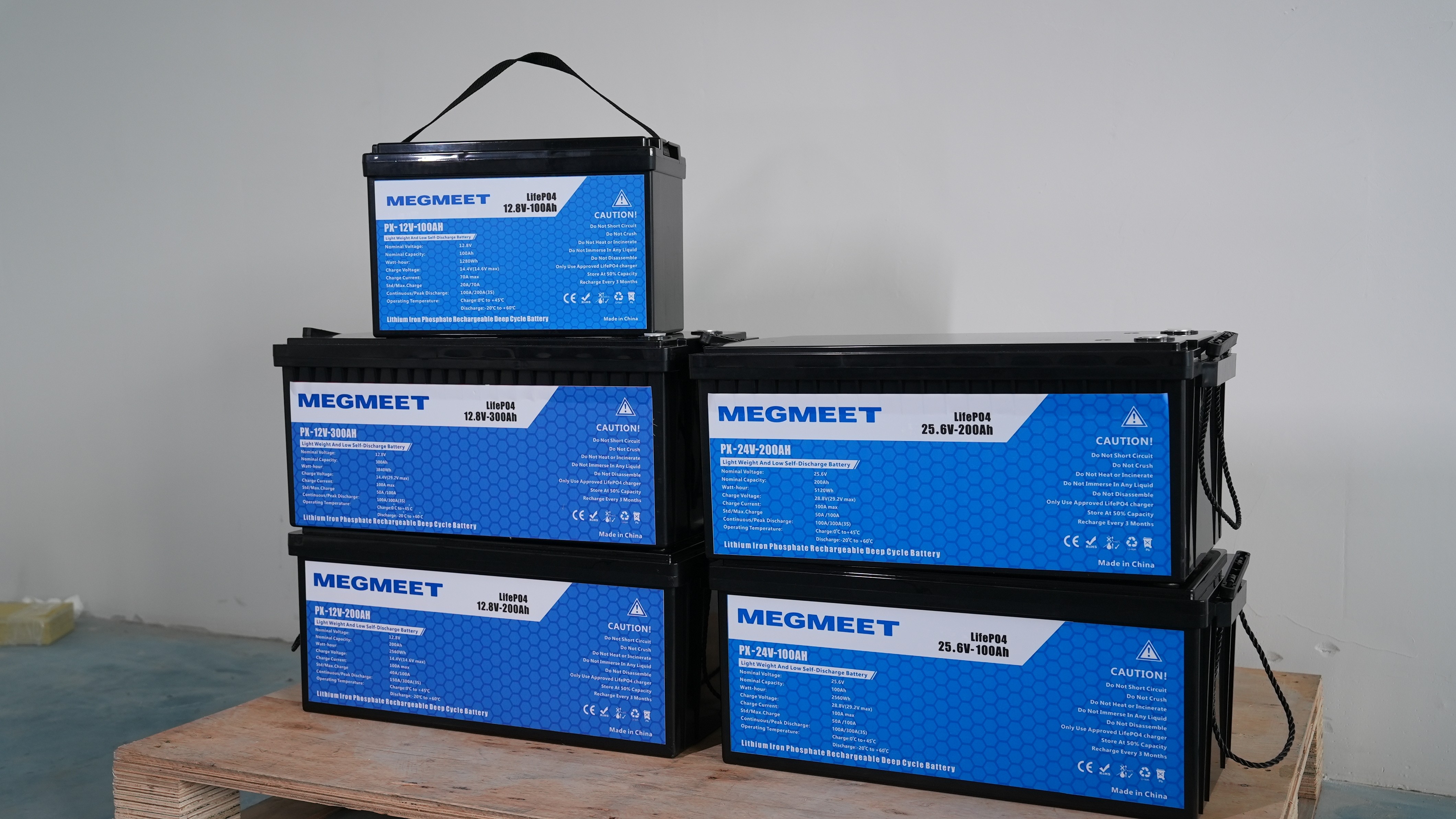In the configuration process of photovoltaic energy storage system, reasonable design and selection is the key to ensure efficient operation and long life of the system. The following are important points to note when configuring a photovoltaic energy storage system:
1. Selection of photovoltaic modules
Performance matching: Select photovoltaic modules that match the needs of the energy storage system to ensure that their output power, voltage and current meet the design specifications of the energy storage system.
Weather resistance: Consider the component's weather resistance and corrosion resistance, especially in bad weather conditions, to ensure that the system can operate normally in different environments.
2. Suitable selection of inverter
Solar Inverter specifications: Choose an Bidirectional inverter inverter suitable for the capacity of the photovoltaic system to ensure that it can effectively convert direct current to alternating current to provide efficient power output.
Inverter type: Select central inverter or distributed inverter according to system requirements. Central inverters are suitable for large systems, while distributed inverters are more suitable for distributed photovoltaic systems.
3. Battery energy storage system
Battery type: Select the appropriate battery type according to the periodic charge and discharge requirements of the system, such as lithium-ion batteries, lead-acid batteries, etc. Battery management system: Equipped with an efficient battery management system to ensure intelligent control of battery charging and discharge, extend battery life and improve system efficiency.
4. Intelligent control of the system
Monitoring system: Equipped with a powerful monitoring system, real-time monitoring of photovoltaic modules, battery status and energy output, improve system reliability and response speed.
Intelligent control algorithm: The use of advanced intelligent control algorithm to achieve the optimal management of energy, improve the energy efficiency and stability of the system.
5. System security and maintenance
Safety design: Ensure that the system design meets safety standards, and adopt safety measures such as lightning protection and short circuit prevention to reduce system security risks.
Regular maintenance: Develop a regular maintenance plan, including cleaning photovoltaic modules, checking solar battery lithium status and updating monitoring software to ensure long-term stable operation of the system.
6. Sustainable development and environmental protection
Material selection: Choose sustainable and environmentally friendly materials to reduce the environmental impact of the system and comply with the principles of sustainable development.
Waste disposal: Develop a reasonable waste disposal plan to ensure that the disposal of system waste complies with environmental regulations.
that the disposal of system waste complies with environmental regulations.
By taking these key considerations into account, an efficient, reliable and environmentally friendly photovoltaic 48v 100ah&200ah energy storage battery system can be configured to provide a sustainable solution for the use of renewable energy. When configuring the system, it is recommended to work with a professional PV system engineer to ensure that the system design and configuration meet the actual needs and maximize system performance and reliability.